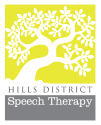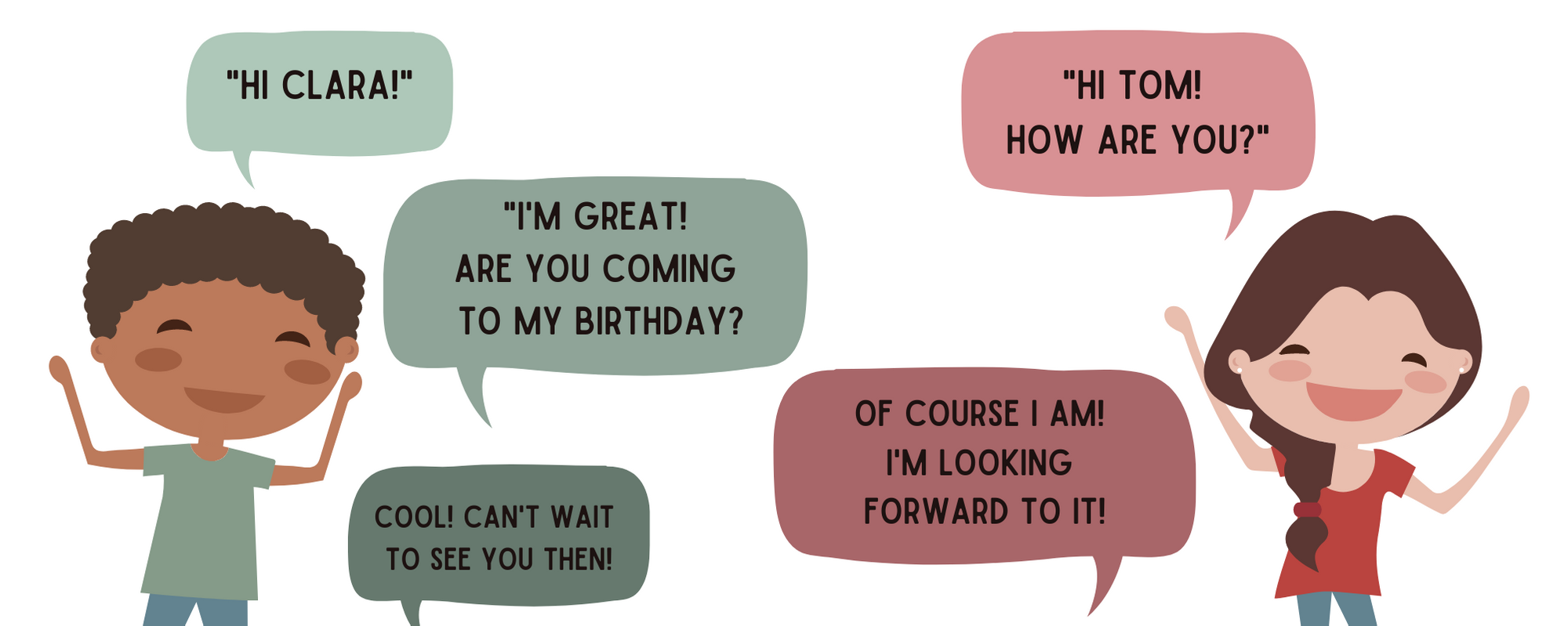Introduction to Speech Sound Disorders
Our therapists are trained to assess, diagnose and treat speech sound disorders across the lifespan. There are four types of speech sound disorders that speech pathologists working with children are likely to encounter:
- Functional speech disorders /Articulation Disorders
- Phonological disorders
- Childhood apraxia of speech (CAS)
- Dysarthria
Speech sound disorders in general:
- can be mild, moderate or severe;
- can co-occur (i.e., more than one type of speech sound disorder in the same child)
- can occur with other communication disorders (e.g. a speech sound disorder and as well as a stutter);
- can occur ‘co-morbidly’ with other conditions or disorders (e.g., a speech sound disorder and a condition such as ADHD in the same child)
Children with speech sound disorders are often taught to make new sounds. This learning occurs systematically with repeated opportunities to practice and master their new sound from isolation to conversational level (see ‘steps to learning a new sound’).

Steps to Learning a New Sound
Child must be able to produce the sound clearly and confidently when producing oral narratives and recounts. The target sound can be elicited using pre-selected vocabulary or introducing topics with repeated opportunities to practice the target sound (e.g. practice the ‘k’ sound by focusing on the child’s newly gifted toy car). 
When should my child be producing their sounds clearly?
This visual based on the work of McLeod & Crowe (2018) is a great reference for parents and caregivers wanting to know more about typical speech sound development in children. 






